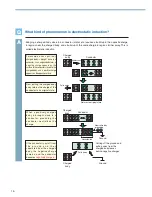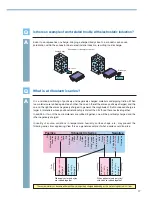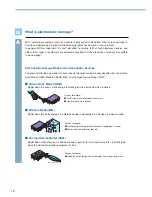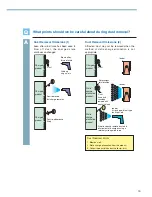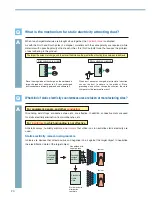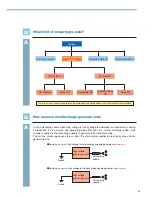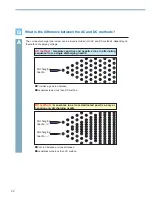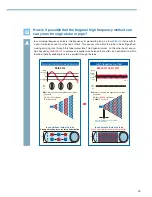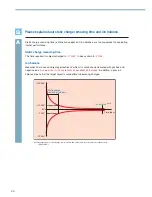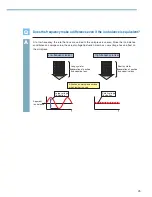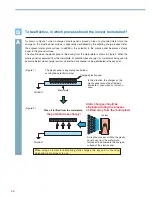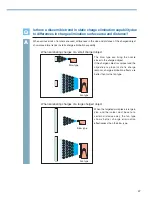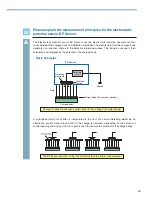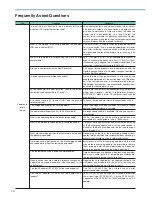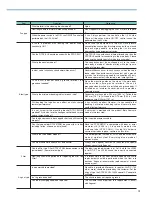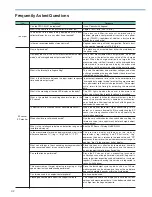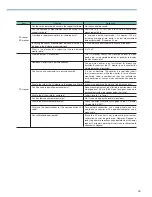
Metal
Metallic tweezers, etc.
18
Q
What is electrostatic damage?
A
With increasingly compact parts and greater semiconductor densities, electrostatic damage to
circuits and devices due to electrostatic discharge (ESD) has become a major problem.
In general, MOS-configuration ICs and field-effect transistors (FETs), high-frequency devices, and
other similar types of equipment are extremely sensitive to static electricity, and easily susceptible
to be damaged.
The electrostatic damage model of semiconductor devices can be broadly classified into the Human
Body Model (HBM), Machine Model (MM), and Charged Device Model (CDM).
Model when the body’s static charge is discharged to a device pin when touched.
Model when the static charge on a metallic device is discharged to a device pin when touched.
Model when static charge on a device conductor part (chip, wire, lead frame, etc.) is discharged
when the device pin touches equipment or tools.
Causes (example)
●
Wrist strap or conductive shoes not worn
●
Hand touches a pin directly
Causes (example)
●
Insufficient grounding for electrification of equipment or robot
●
Power leak from soldering tool, etc.
Causes (example)
●
Triboelectric charging on an automated IC conveyer system, etc.
Electrostatic Damage Model of Semiconductor Devices
■
Human Body Model (HBM)
■
Machine Model (MM)
■
Charged Device Model (CDM)













